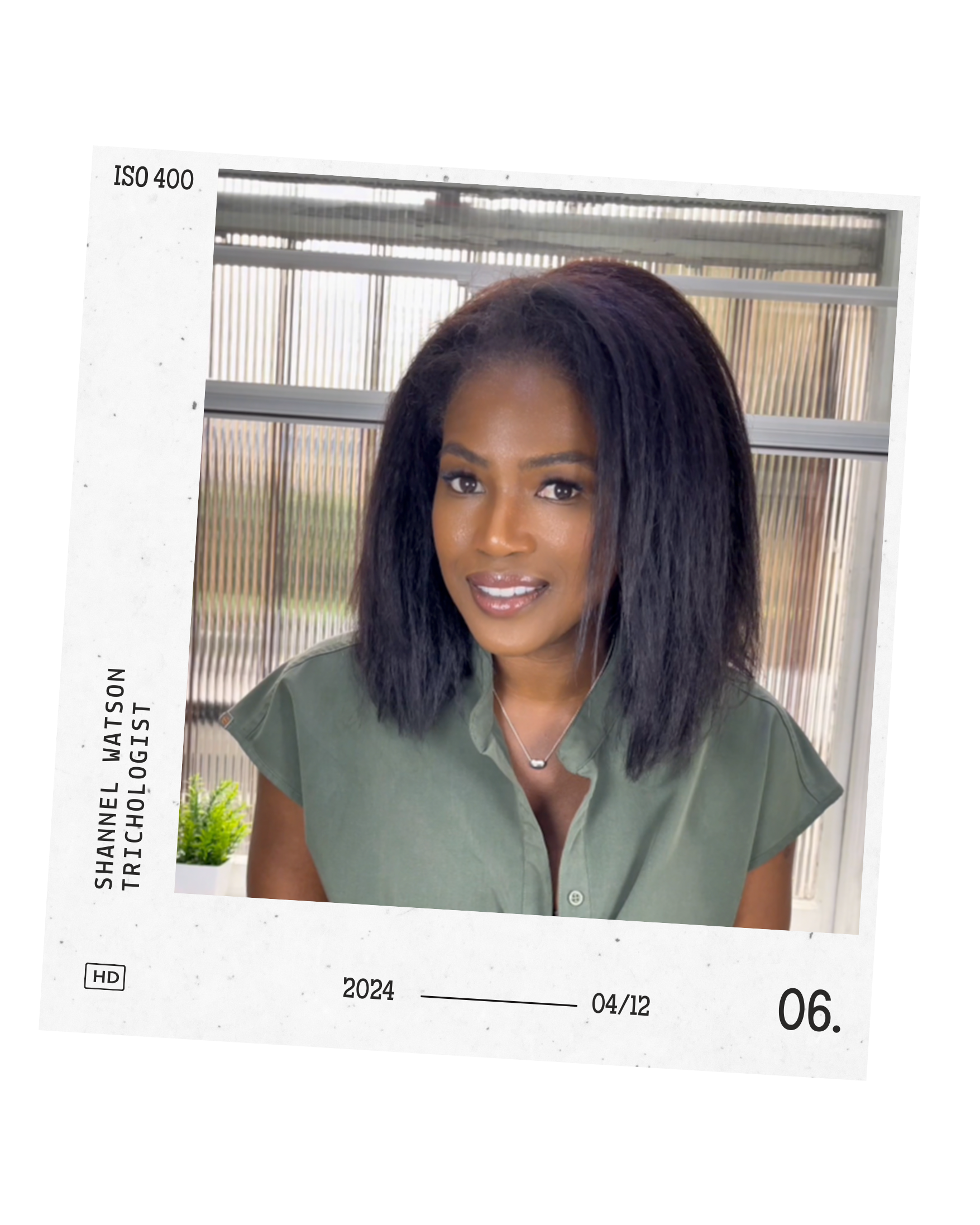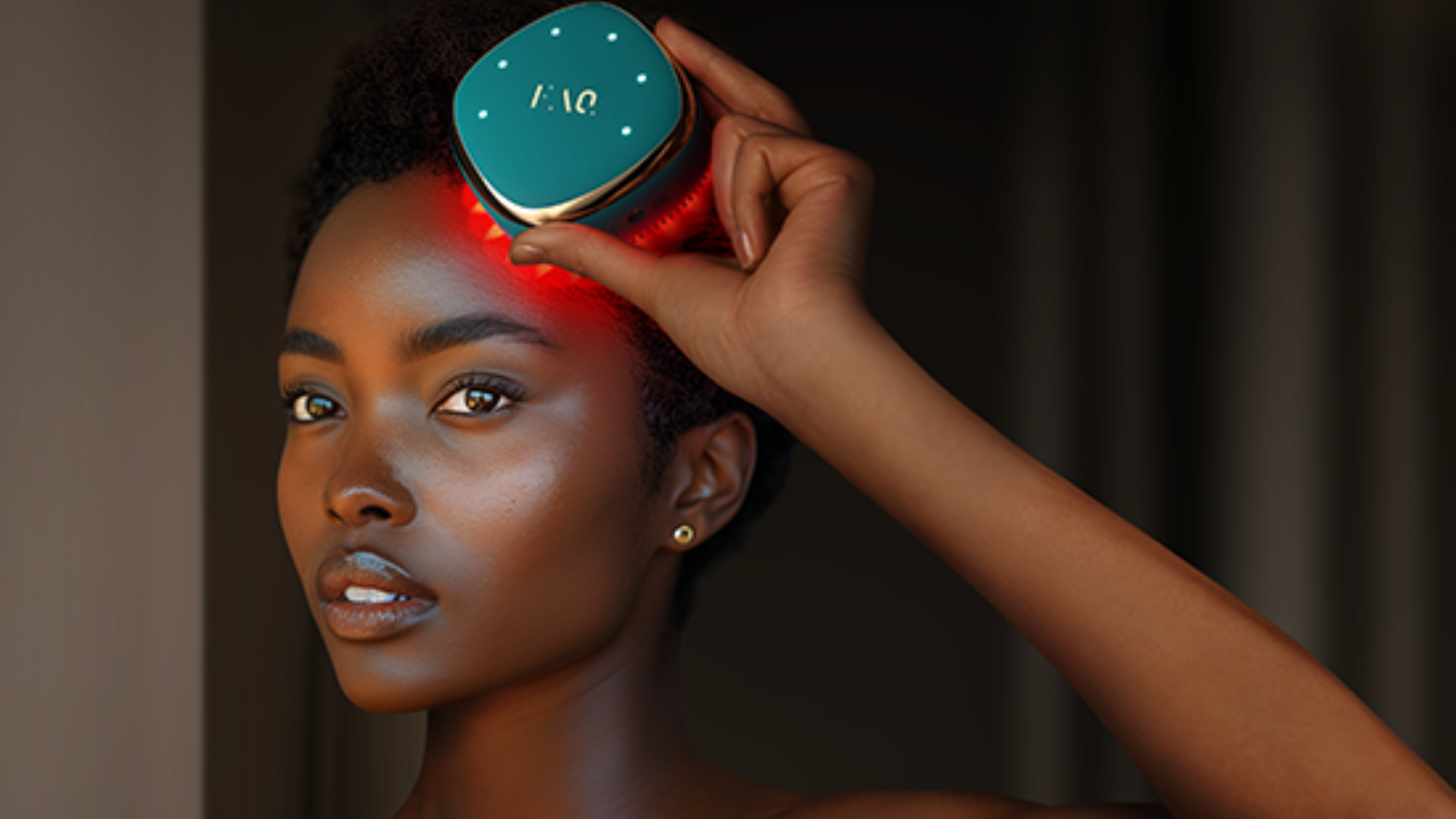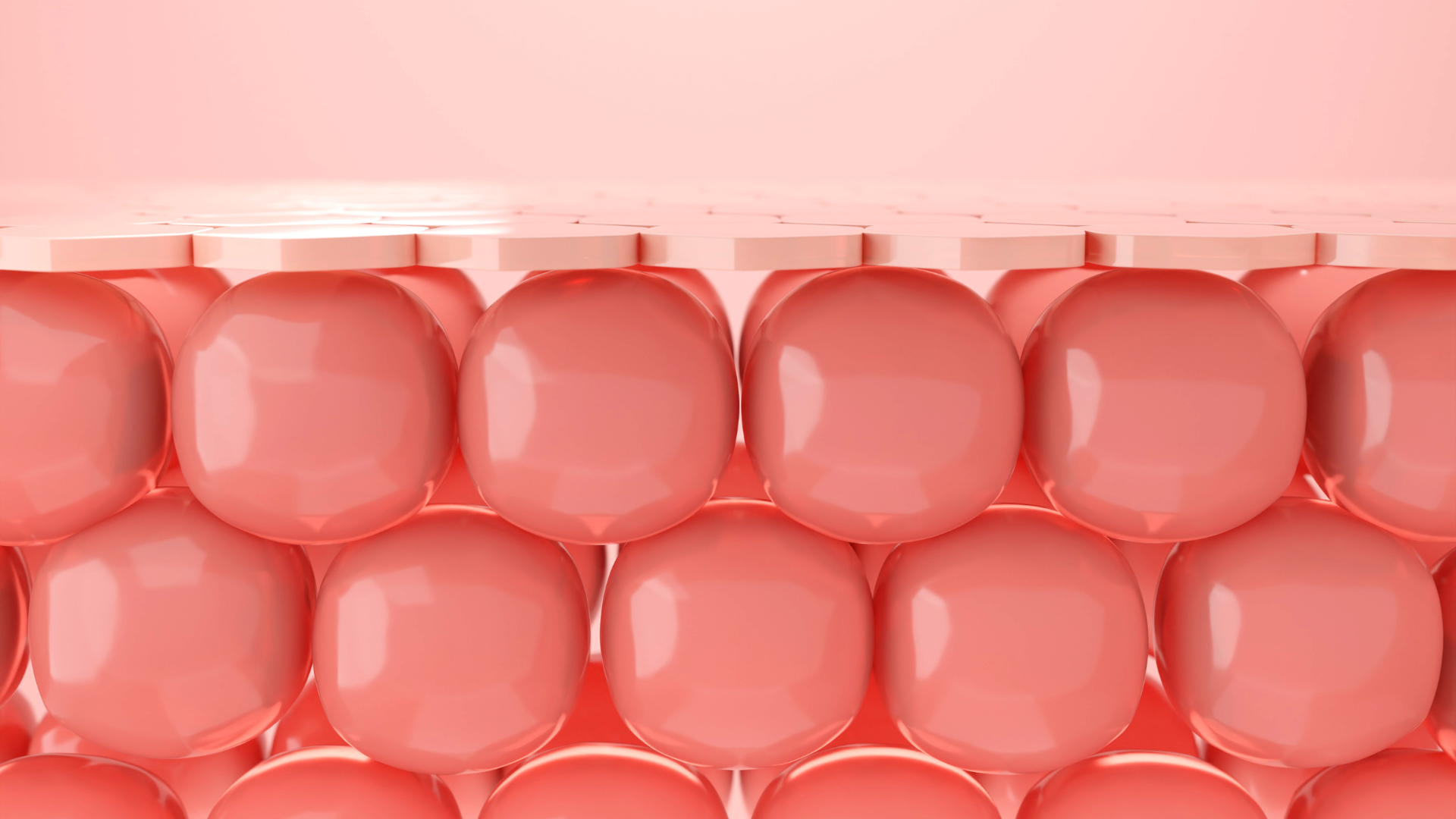Beyond the Beam: Building a Multi-layered Approach to Hair Regrowth
Red light therapy works best as part of a multi-layered approach.
While red light stimulates cellular energy and circulation at the follicular level, combining it with targeted interventions—from topical actives to mechanical stimulation—can amplify outcomes. Whether you’re looking to accelerate regrowth, improve scalp health, or extend the longevity of your results, these synergistic therapies help create a more robust and responsive environment for hair regeneration.
1. Exosomes
Cellular messengers that may boost follicular repair and anti-inflammatory effects. Best used post-LED when the skin barrier is temporarily more receptive.
Mechanism: Delivers bioactive molecules (growth factors, RNA, peptides) directly to damaged follicles.
Why it works with LED: Red light increases cellular receptivity; post-LED application may improve uptake and tissue responsiveness.
Clinical Angle: Especially useful in scarring or inflammation-prone conditions.
2. PRP (Platelet-Rich Plasma)
Delivers growth factors directly to the follicle. Often used in clinic, but LED may help extend results between sessions by reducing inflammation and promoting cell turnover.
Mechanism: Concentrated growth factors injected into the scalp stimulate cell proliferation and repair.
Why it works with LED: LED may reduce local inflammation and improve vascular responsiveness between PRP sessions.
Timing Tip: Use LED regularly between PRP rounds to maintain stimulation.
3. Minoxidil
Increases blood flow and prolongs the growth phase of the hair cycle. Works synergistically with LED by targeting a separate—but compatible—pathway.
Mechanism: Increases blood flow and prolongs anagen phase by opening potassium channels.
Why it works with LED: Different but synergistic pathway—LED supports mitochondrial function; minoxidil boosts vascular delivery.
Layering Tip: Apply 15–20 minutes post-LED to avoid absorption interference.
4. Peptide-Based Topicals
Ingredients like niacinamide (microcirculation), peptides (signal pathways), and caffeine (follicle energisation) may enhance outcomes when timed appropriately.
Mechanism: Stimulate Wnt/β-catenin signalling, promote stem cell activation, support follicular cycling.
Why it works with LED: Light opens cellular pathways; peptides act as molecular signals for targeted repair.
Ingredients to look for: Copper peptides, GHK-Cu, oligopeptide-41.
5. Nutrient-Boosting Protocols
Nutrients like biotin, zinc, and collagen peptides support internal pathways involved in keratin production and scalp health—providing the raw materials LED can help convert into action
Mechanism: Supports dermal anchoring and ECM elasticity, improving follicle environment.
Why it works with LED: LED stimulates fibroblasts; nutrition and movement supply the raw materials.
Examples: Red light + vitamin C, glycine, zinc, copper, scalp massage.
6. Scalp Massage
Massage loosens fibrotic tissue, boosts lymphatic flow, and improves capillary dilation, making light delivery more effective. When used after or during red light exposure, massage may also enhance oxygen/nutrient transport during post-light recovery.
- Why it works with LED: Increases capillary responsiveness and fascia mobility, allowing better light penetration.
- Usage: Use in tandem with LED or as pre-treatment on non-light days.





